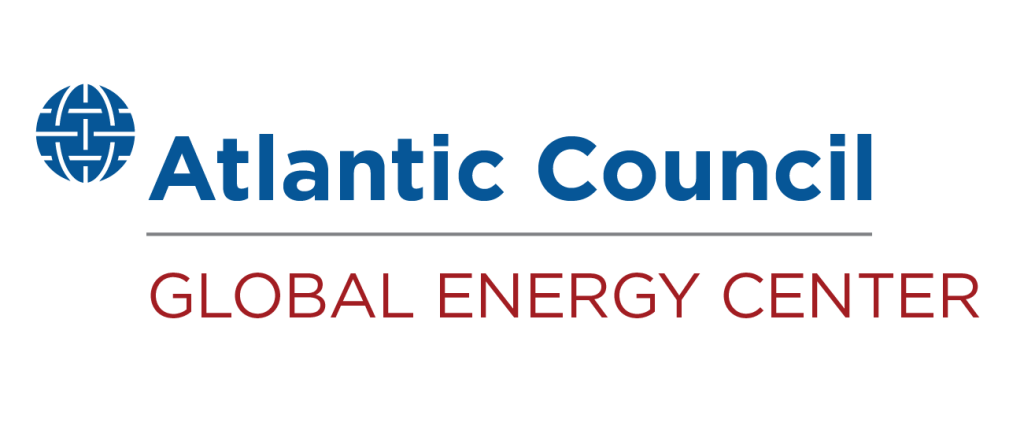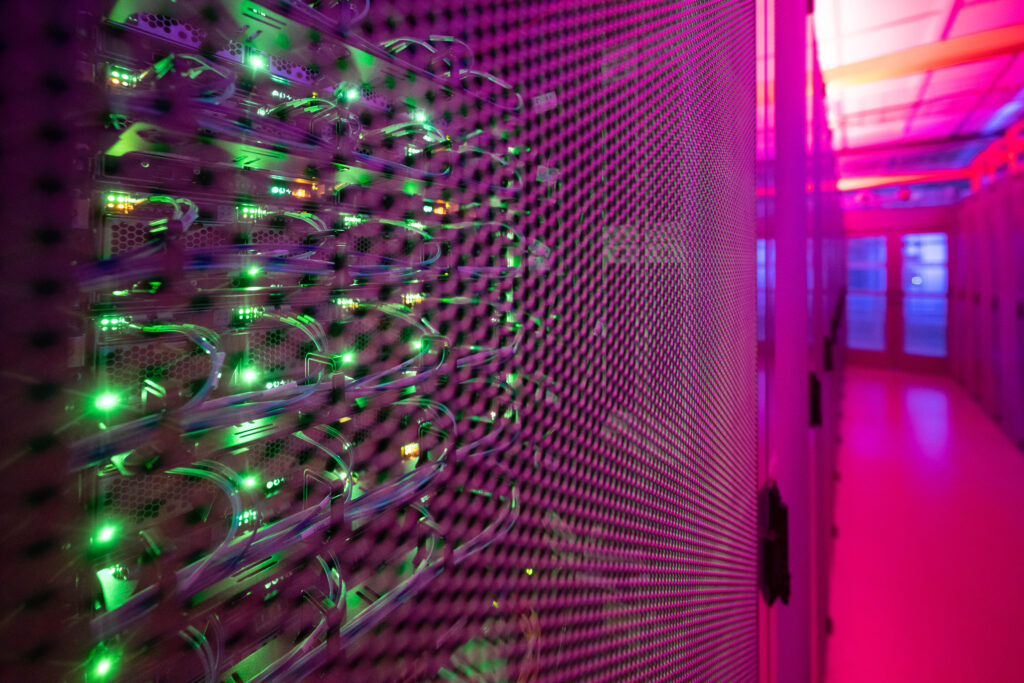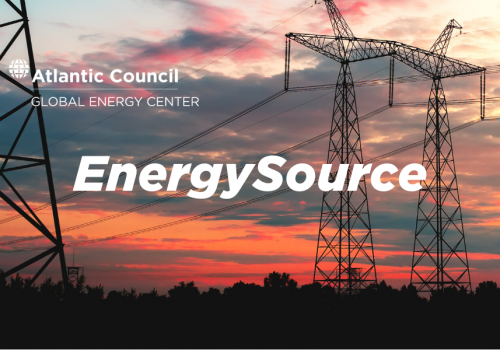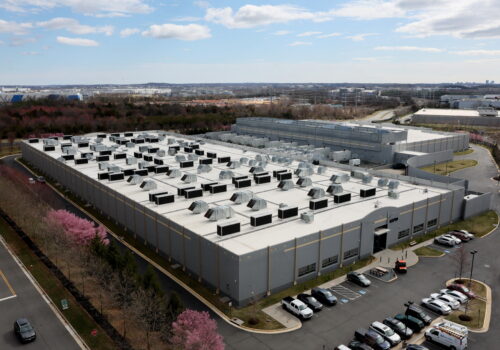AI growth, the advent of “hyperscalers”, and plans for new power-hungry data centers dotting the country from coast to coast have overturned previous assumptions of a stable US energy demand growth outlook. One state in particular is at the epicenter of America’s AI revolution: In 2024 alone, Virginia connected fifteen new data centers and anticipates adding another fifteen by the end of 2025. These are not isolated occurrences: already an established hub for US data centers, a recent WoodMackenzie report showed that Virginia lags only Texas as the top destination for newly announced data centers since January 2023 (boasting over 23,000 MW of capacity in the pipeline). Much of this development has been driven by Northern Virginia’s long-standing “Data Center Alley” concentrated around Washington, DC. Meanwhile, the state’s primary utility company, Dominion Energy, has suggested that the average Virginia ratepayer could see their power bills increase by 50 percent over the next fifteen years driven largely by power-hungry new data centers coming online.
As the Commonwealth considers the anticipated wave of new centers, its policymakers have an unmissable opportunity to lead the state toward a clear-eyed, viable path forward to reap economic benefits while ensuring both the affordability and sustainability of its energy system. None of these issues will be resolved quickly or easily but should be front and center as Virginia voters decide on their new governor this year and a new legislature.
STAY CONNECTED
Sign up for PowerPlay, the Atlantic Council’s bimonthly newsletter keeping you up to date on all facets of the energy transition.
Past meets present
Virginia is hardly unfamiliar with the prospect of adding new energy generation capacity to support data center growth. In addition to being a technology hotspot, the state is already a major destination for energy investment abetted by state and local governments’ decarbonization and clean energy targets. In 2019, then-Governor Ralph Northam (a Democrat) signed an executive order prioritizing clean energy expansion across the state, including goals for Virginia’s power system to achieve 30 percent renewable energy resources by 2030 and 100 percent by 2050. The next year, the Virginia state legislature formalized these commitments in the Virginia Clean Economy Act, which remains in force.
These policies have borne fruit. One analysis found that Virginia ranks fifth of all US states in percent increase in renewable energy generation over the last decade, led by growth in solar generation capacity sufficient to power 750,000 Virginia residences. Next year, a 2.6 GW offshore wind project is scheduled to come online. Notably, Virginia’s clean energy growth record and long-term aspirations have been maintained under the state’s current Republican leadership.
Expectation vs. reality
Virginia’s renewable and clean energy goals, however, were developed before generative AI was widely commercialized and Virginia became a key destination for data centers.
A report from Virginia’s Joint Legislative Audit and Review Commission describes the growing challenge: while acknowledging that new data centers will benefit Virginia in employment and revenues, it warns that “unconstrained demand for power in Virginia would double within the next ten years, with the data center industry being the main driver.” Moreover, “[b]uilding enough infrastructure to meet unconstrained energy demand will be very difficult to achieve.” The fiscal implications of making necessary investments are potentially enormous with enormous implications for Virginians energy prices and power costs.
Virginia faces a herculean task to meet incoming demand growth via conventional or any other fuels—let alone address it in a manner that leads to net-zero emissions by midcentury.
Adding natural gas infrastructure, which currently supplies about half of the state’s electricity, faces two major barriers even apart from decarbonization considerations. First, the availability of new natural gas generation equipment, especially turbines, is sharply limited by supply chain bottlenecks (a situation complicated by uncertainty around the US international tariff slate). Second, constructing new natural gas power plants would likely entail expanding the network of associated infrastructure and interstate pipelines, which are time-consuming endeavors and can ignite local opposition (as the recent saga of the Mountain Valley Pipeline illustrates).
Similarly, renewables infrastructure can theoretically come online quickly but would entail a massive expansion of transmission, distribution, and long-duration battery storage capacity. Adding renewables also requires community buy-in, which is not always assured.
The way forward
Ample consideration must be given to how data centers are managed within Virginia—specifically in terms of regulations and requirements for new builds. Lawmakers debated a comprehensive state-wide AI regulatory proposal that was ultimately vetoed by Governor Glenn Youngkin (a Republican), but it is still possible to address specific energy infrastructure challenges through careful planning. Virginia officials should consider an approach that puts more responsibility on the hyperscalers themselves but also enables a constructive partnership between project developers, investors, policymakers, and local stakeholders:
The role of state officials
State officials could prioritize or incentivize new builds that can bring (and finance) their own on-site energy sources—ideally with abated, low, or zero emissions—to avoid straining the local grid system. They could also encourage new facilities in parts of the state with plentiful water resources such that the generators do not further strain areas vulnerable to water stress. Officials could adopt efficiency requirements for new builds (such as for technologies like advanced conductors) based on existing Power Usage Effectiveness (PUE) criteria, and establish guidance for continuous improvements (similar to the Energy Star model) suitable for this generation of AI.
Local and municipal leaders’ role
Local and municipal policymakers can take leadership in facilitating shared efficiency and mitigation strategies in high-concentration regions for new builds (such as Northern Virginia). Shared infrastructure (e.g., a distribution system built for a grouping of new centers) can mitigate costs and environmental impacts of new equipment.
Investor collaboration
Similarly, multiple investor stakeholders working together could procure, prepare, and operate less commercialized fuel sources like small modular reactors, or develop local carbon sequestration and other abatement options. They could also establish a community fund supported by local project developers to provide monies for areas like local transmission and distribution upgrades, regional transmission and upgrades in cases where imported power from other states is necessary. Such measures can help to reduce inflationary pressure for regular ratepayers and could be managed by city/regional officials and be subject to public oversight.
When to say ‘no”
Importantly, there are likely to be instances where the potential economic benefits associated with certain proposals must be carefully balanced against wider societal impacts—such as the impact of a project on energy access, affordability, and the state’s decarbonization objectives. In cases where proposed data centers fail to meet certain requirements, officials should consider placing them lower in the interconnection queue for review and connection to external power sources. Likewise, new projects may simply be forced to wait regardless of their merits in order to shore up critical infrastructure for constituents who already rely on it. For those developers determined to operationalize as fast as possible, creative solutions or a heightened burden on said developer may be necessary. Policymakers should decide their criteria for “Yes,” “Maybe,” and even “No” since time is of the essence. They should also prepare to coordinate on those policy choices with relevant leadership at other levels of government.
The here and now
Virginia faces a tremendous task ahead: balancing its energy and climate aspirations with a rapidly changing techno-economic context impacting the entire state is no small feat. Thoughtful consideration of both the immediate benefits and long-term implications of today’s decisions is essential, as is a careful eye to energy insecurity and affordability problems percolating throughout the state as matters stand already. To be sure, the AI revolution shows few signs of slowing down. Appropriate policies to smooth the bumpy road ahead should be prepared here and now.
Andrea Clabough is a nonresident fellow with the Atlantic Council Global Energy Center
MEET THE AUTHOR
RELATED CONTENT
OUR WORK

The Global Energy Center develops and promotes pragmatic and nonpartisan policy solutions designed to advance global energy security, enhance economic opportunity, and accelerate pathways to net-zero emissions.






